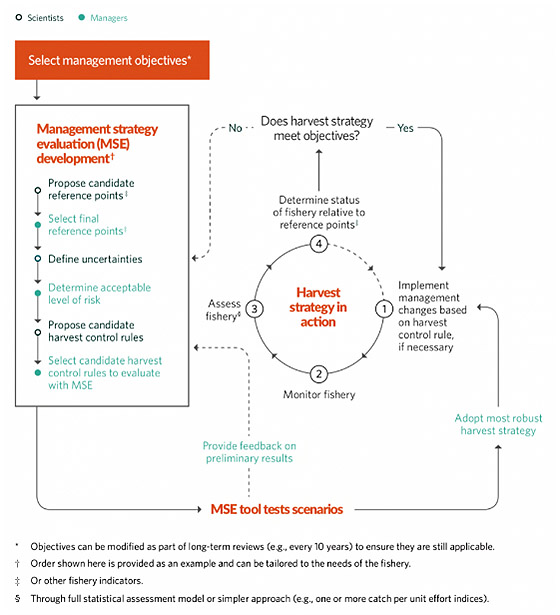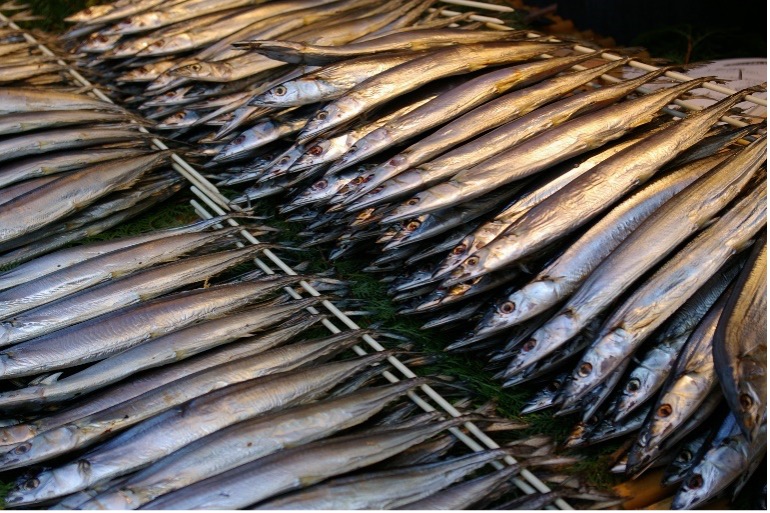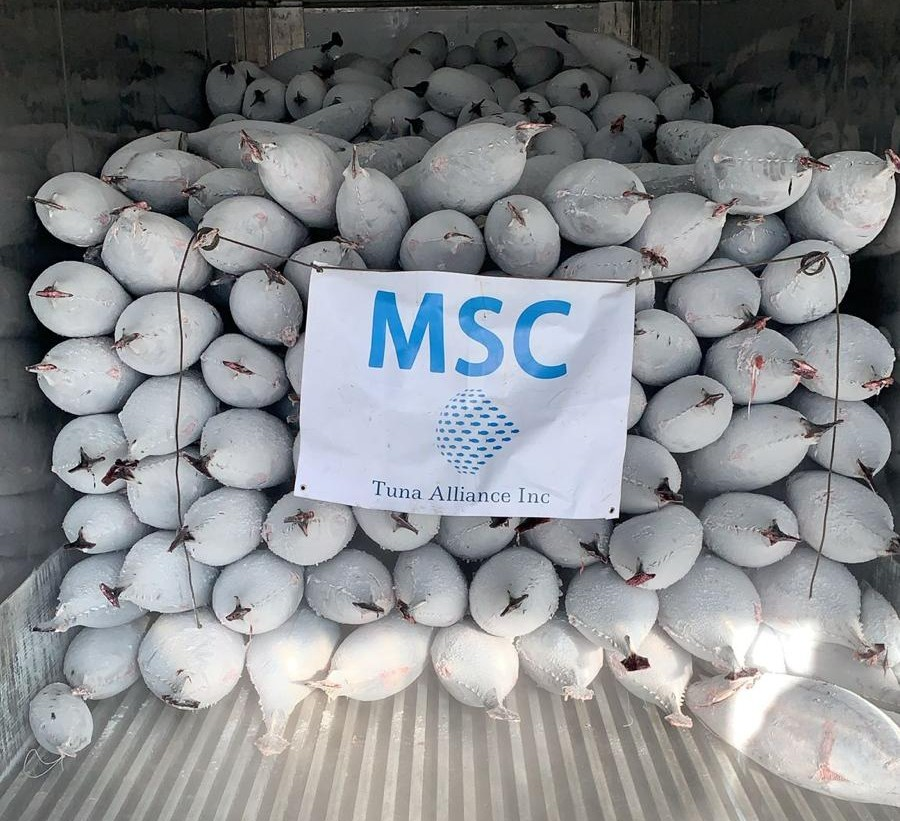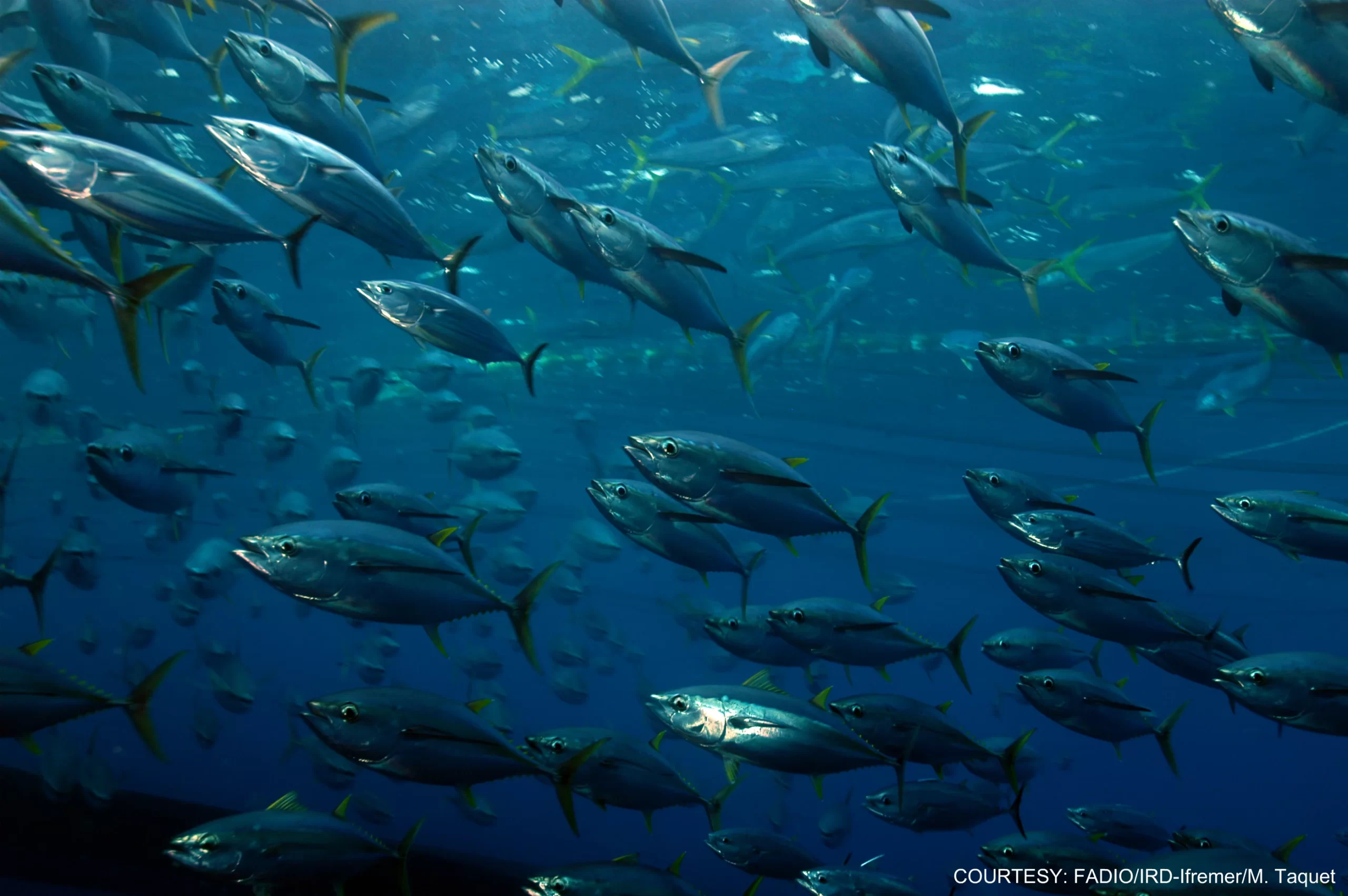- Is there a difference between a harvest strategy and a management procedure?
In most regions, “management procedure” and “harvest strategy” are used synonymously. However, in some regions, like the western Pacific, a management procedure is considered a type of harvest strategy. In that case, the distinction is that a “harvest strategy” is a more general management framework, whereas each component of a “management procedure” is formally specified, and the combination of monitoring data, analysis method, and harvest control rule has been simulation tested using MSE to demonstrate adequately robust performance in the face of plausible uncertainties about stock and fishery dynamics. It is this definition that HarvestStrategies.org uses for “management procedure” and “harvest strategy.”
- What is a harvest strategy, also known as a management procedure?
A harvest strategy, also known as a management procedure, is a pre-agreed framework for making fisheries management decisions (such as catch or effort limits) to achieve a long-term vision for the fish and fishery. Before they are implemented, robust harvest strategies are tested through a process that involves fishery scientists, managers, and other stakeholders, which is called management strategy evaluation (MSE).
Check out our resources to learn more about the basic elements of a harvest strategy and how the process works.
- What is Management Strategy Evaluation?
Robust harvest strategies, before they are implemented, are tested through a scientific process called management strategy evaluation (MSE), used to simulate the workings of a fisheries system and test whether potential harvest strategies can achieve the pre-agreed management objectives. MSE helps to identify the harvest strategy likely to perform best, regardless of uncertainty, and balance trade-offs amid competing management objectives. Because MSE is so fundamental to harvest strategies, some consider the term to encompass the process of harvest strategy development itself. Explore our data visualization tools for MSE results, and check out our animation to learn more about MSE.
- What is the difference between a harvest strategy and a traditional management approach?
In most regions, “management procedure” and “harvest strategy” are used synonymously. However, in some regions, like the western Pacific, a management procedure is considered a type of harvest strategy. In that case, the distinction is that a “harvest strategy” is a more general management framework, whereas each component of a “management procedure” is formally specified, and the combination of monitoring data, analysis method, and harvest control rule has been simulation tested using MSE to demonstrate adequately robust performance in the face of plausible uncertainties about stock and fishery dynamics. It is this definition that HarvestStrategies.org uses for “management procedure” and “harvest strategy.”
- Why are harvest strategies important?
Effective long-term management of the world’s fish stocks requires science, stakeholder engagement, and advanced planning. Harvest strategies can help enable effective fisheries management by:
- Enabling sustainability by setting pre-agreed rules and objectives that help maintain fish populations and catches at target levels over the long term
- Improving decision-making by accounting for natural variability and uncertainty, avoiding time-consuming and costly political negotiations, and enabling managers to act precautionarily and swiftly.
- Facilitating greater transparency by providing all stakeholders with a clear, long-term vision of a sustainable stock and fishery.
- Increasing market stability and improving the industry’s ability to plan because management decisions are predictable.
Check out our animation, “Fishing for the Future: The Case for Harvest Strategies,” and our blogs to learn more about the benefits of harvest strategies.

 Check out our
Check out our 

